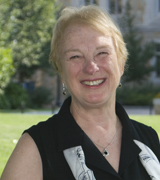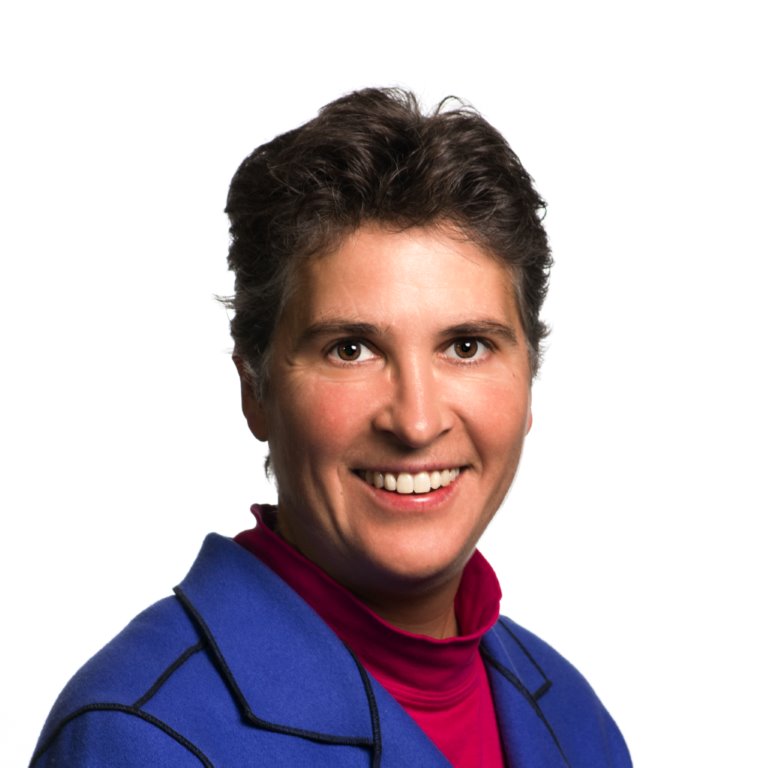Introduction
Most healthcare experts agree the United States is in the midst of a primary care crisis that will likely get worse if creative solutions are not explored. Demand for primary care services has increased dramatically and will continue to do so with the passage of the Affordable Care Act in 2010. The number of primary care providers is not increasing at the same rate, creating a huge gap between patient needs and the healthcare system’s ability to serve those needs.
During the decade from 2002 through 2012, the supply of specialty physicians consistently outpaced the supply of primary care physicians. According to the US Centers for Disease Control and Prevention, the ratio of primary care physicians to specialty physicians was .70 in 2012.1 The Association of American Medical Colleges (AAMC) has predicted that there will be a deficit of more than 45,000 primary care physicians by the year 2020.2 In 2010, the shortage of primary care physicians was only about 9,000, and if nothing changes, the AAMC expects there will be a shortage of 65,800 primary care physicians by the year 2025.2
To gain a perspective on potential solutions, Natural Medicine Journal interviewed several experts. In addition, we’ve been given permission to make available via a free downloadable PDF the Academic Consortium for Complementary and Alternative Health Care’s white paper titled Meeting the Nation’s Primary Care Needs: Current Prospective Roles of Doctors of Chiropractic and Naturopathic Medicine, Practitioners of Acupuncture and Oriental Medicine, and Direct-Entry Midwives.
Collaboration is Key
Andrew Morris-Singer, MD. President and founder of Primary Care Progress, Cambridge, Massachusetts, and affiliate instructor at Oregon Health and Science University, Portland

Huge swaths of the population lack a regular source of care. This leads to people missing out on life-saving screening and preventive care, poor control of chronic diseases, and greater utilization of expensive, and often avoidable, emergency department visits and hospitalizations. Pulling out of this downward spiral is going to require medical schools and the training facilities of other health professions to produce more primary care providers in general but, specifically, providers who can take on leadership roles to ensure primary care is sustainable, high quality, and patient focused. Unfortunately many of these institutions don’t seem to be on track to do that any time soon.
Fixing primary care is going to require “all hands on deck.” That’s our mantra in the primary care advocacy world. Clearly, delivering the care that Americans want and need is also going to require a team approach. Chiropractors, naturopathic physicians, acupuncturists, dieticians, physical therapists, and other care team members have important roles on that primary care team. However, for a new system to succeed, we’re all going to have to work in a more integrated, collaborative, and accountable manner. This means no longer seeing ourselves as operating in silos. We’ll need to put in the effort to coordinate care and not let issues fall through the cracks. We’ll also need to delegate more frequently and not attempt to address issues or provide treatment outside of our scope or expertise. Finally, we’ll all need to be much more accountable for outcomes. If we’re asking societal institutions to support our efforts with more resources and sustainable funding, we need to demonstrate that what we’re doing works, that it’s patient centered, an efficient use of finite resources, and based in valid science.
To significantly advance primary care and public health in the United States, it’s going to take leadership—specifically, more primary care and public health supporters in leadership positions and more primary care and public health providers leading from where they stand. Without this enhanced leadership capacity, it’s unlikely we’ll be able to take on the myriad of external and entrenched challenges that have existed within primary care and public health for the past century. This, of course, includes the dysfunctional manner in which primary care and public health services are compensated and the relatively marginalized position of both of these critical domains in systems of both care delivery and training. We launched Primary Care Progress back in 2010 to start building a new interprofessional cadre of leaders, with particular emphasis on the engagement of students, but to also create local spaces where these teams of up-and-coming leaders could begin putting their new skills to work to make a difference in our health system.
The Role of Registered Nurses
Joyce Pulcini, PhD, PNP-BC, FAAN, FAANP. Professor and Director of Community and Global Initiatives at George Washington University School of Nursing, St Louis, Missouri, and cochair of the American Academy of Nursing Primary Care Expert Panel

We now have more patients who have health insurance, and at the same time, we are experiencing a shortage of primary care physicians. Nurse practitioners are perfectly suited to help alleviate that shortage. Rather than thinking of this situation as a crisis, we prefer to think of it as an opportunity to better utilize the expertise of nurse practitioners, so patients get their primary care needs met and don’t utilize emergency care for primary care. Nurses are trained to do patient and family?centered care and have a specific expertise in building relationships with patients and coordinating patient care, which makes them ideal candidates to fill the growing primary care gap.
Physicians are not choosing primary care in a way that is needed to help alleviate the shortage. Nurse practitioners are capable of performing 80% to 90% of the primary care services that are delivered by primary care physicians.
Several things need to happen in order for us to better utilize the nursing workforce in primary care. We need to loosen up restrictions associated with the scope of practice for nurse practitioners as well as the fee structure. There should be more discussion around full 100% reimbursement for nurse practitioner primary care services. Presently, Medicare reimburses at 85% of the physician fee. In addition, clinics need to market and showcase their nurse practitioners; typically, only the physician is being marketed, and nurse practitioners are actually hidden providers within our system. This needs to change so patients begin to feel more comfortable having a nurse practitioner as their primary care provider.
There are many circumstances where integrative practitioners can contribute to primary care. Integrative physicians and nurse practitioners have a similar mindset in that we both feel the body and mind are connected. Nurse practitioners and integrative physicians could create an effective collaboration because of this shared view.
A Team Approach That Works
Cindy Breed, ND. Lead provider for the Natural Medicine Program and Wellness Programs Director at HealthPoint, a Community Health Center in King County, Washington

There is both a growing shortage of primary care providers and a growing realization that the healthcare of the future must provide the most effective care to the ever-increasing numbers of those needing it. In doing so, primary care will likely have a very different look and feel. Patient needs will need to be prioritized with a focus on utilization of the skills of all disciplines that have something valuable to contribute. We in the naturopathic medicine discipline, along with other integrative health professionals, are absolutely one of those groups that can positively impact healthcare. We are already testing innovative ways we can rethink how the work gets done and how quality care can be more effectively delivered.
At HealthPoint, where I have worked for 18 years, we have an integrated team that offers services across many disciplines including naturopathic medicine, acupuncture, nutrition, conventional medicine, behavioral health, dentistry, and pharmacy. This broad and comprehensive team approach gets us closer to meeting the healthcare needs of all patients and can be applied to future goals. By studying the effectiveness of the care provided by teams like those at HealthPoint, we will be able to demonstrate the underutilized value in this model. I hope that will initiate much-needed change in the system that is presently in crisis.
Including Integrative Healthcare Providers
John Weeks. Executive director of the Academic Consortium for Complementary and Alternative Health Care and the publisher/editor of The Integrator Blog News & Reports

The nation’s debate over meeting primary care needs is escalating with virtually no reference to the professions that constitute our Academic Consortium for Complementary and Alternative Health Care (ACCAHC). Yet naturopathic doctors, chiropractors, midwives, and acupuncturists are already meeting some of those needs. This area seemed ripe for a white paper since most of these professions have internal debates about how they wish to respond to the crisis.
We are pleased with the value we have created with the white paper we published. For instance, we have used it in multiple meetings with officials at the Health Resource Services Administration, Rockville, Maryland, including administrator Mary Wakefield, RN, PhD. Thanks to a grant from NCMIC Foundation, Clive, Iowa, we presented copies to 200 leaders at the Association of American Medical Colleges’ 2014 workforce conference. We made individual copies available to leaders of all other healthcare professions via our ACCAHC colleagues at the Institute of Medicine Global Forum on Innovation in Health Professional Education. We gave well-received copies to a recent gathering of national leaders on the strategy the Veteran’s Administration will take with integrative health and medicine. Now we are pleased to make this available to the readers of the Natural Medicine Journal.






